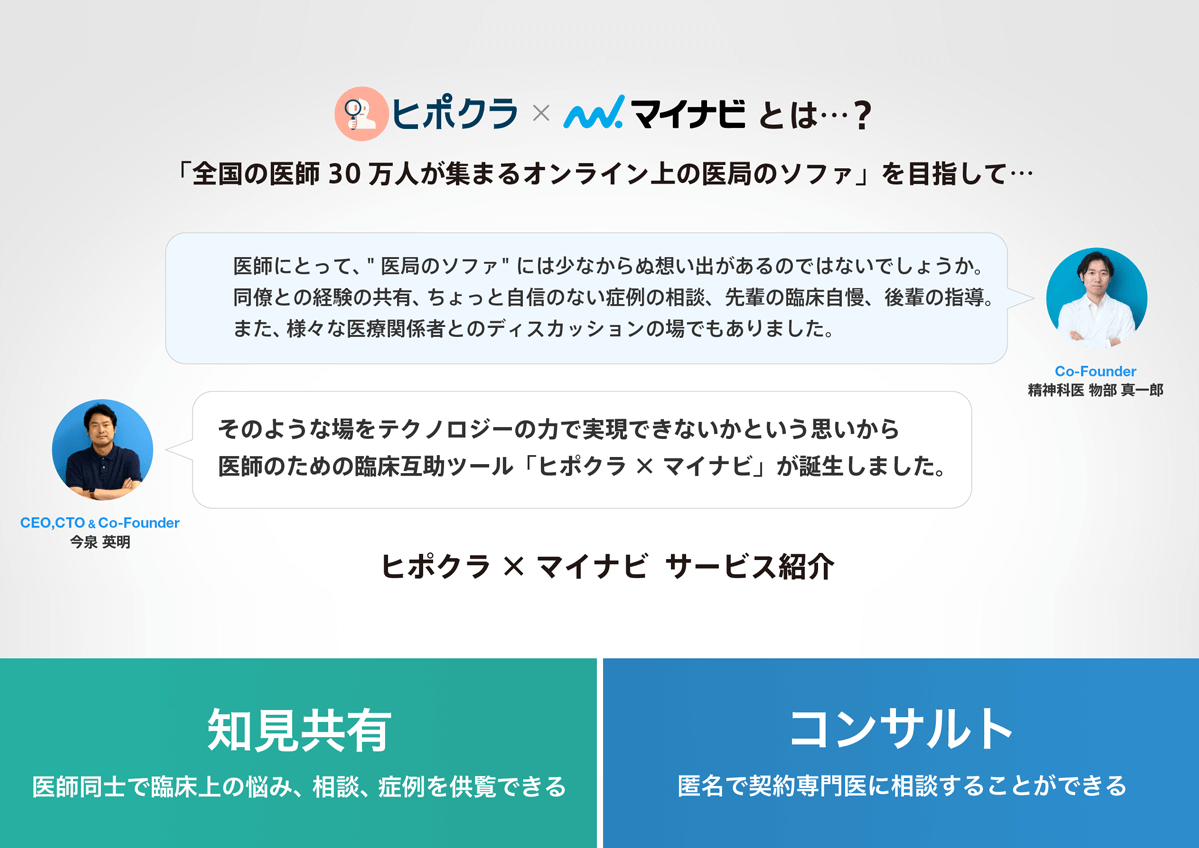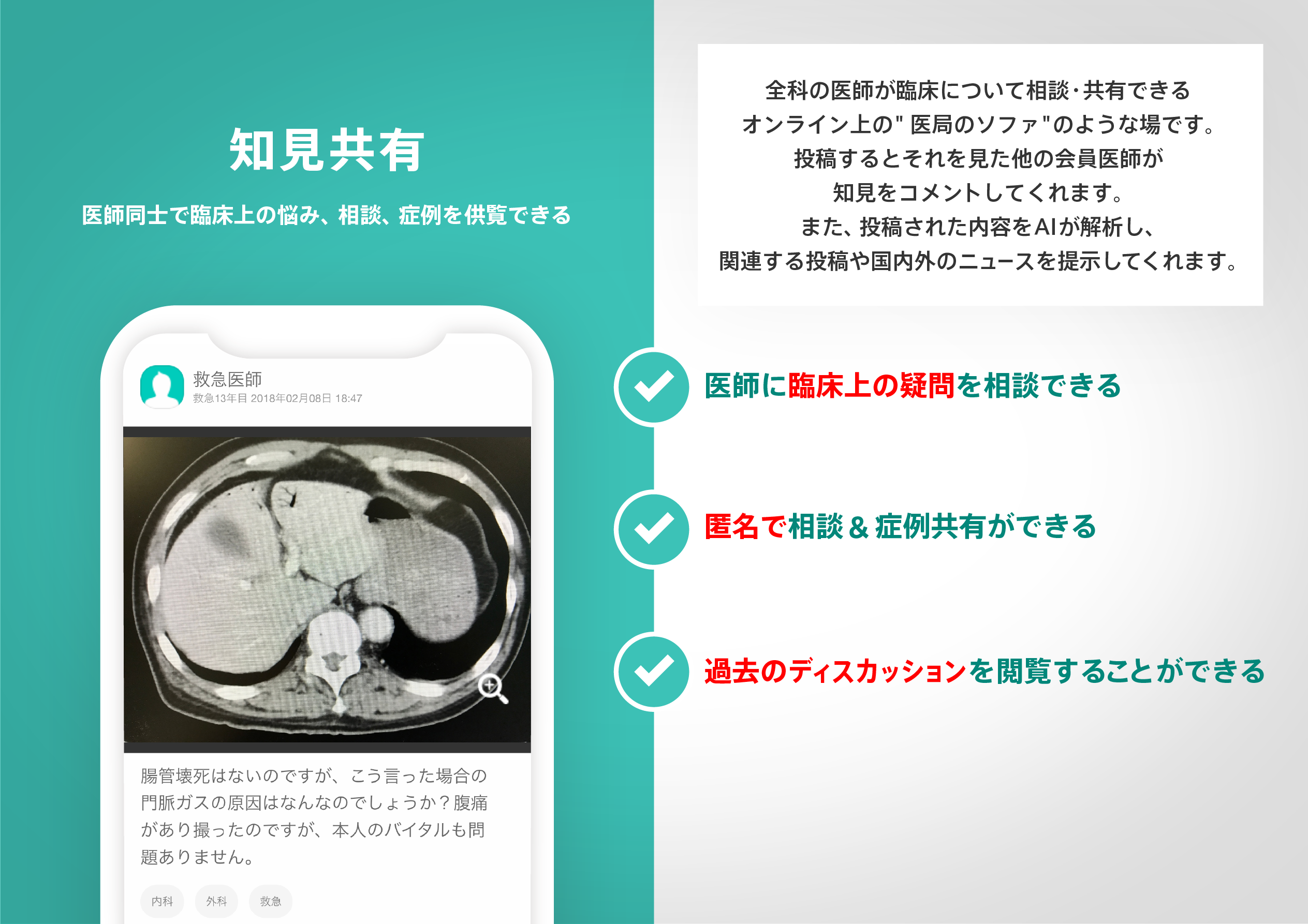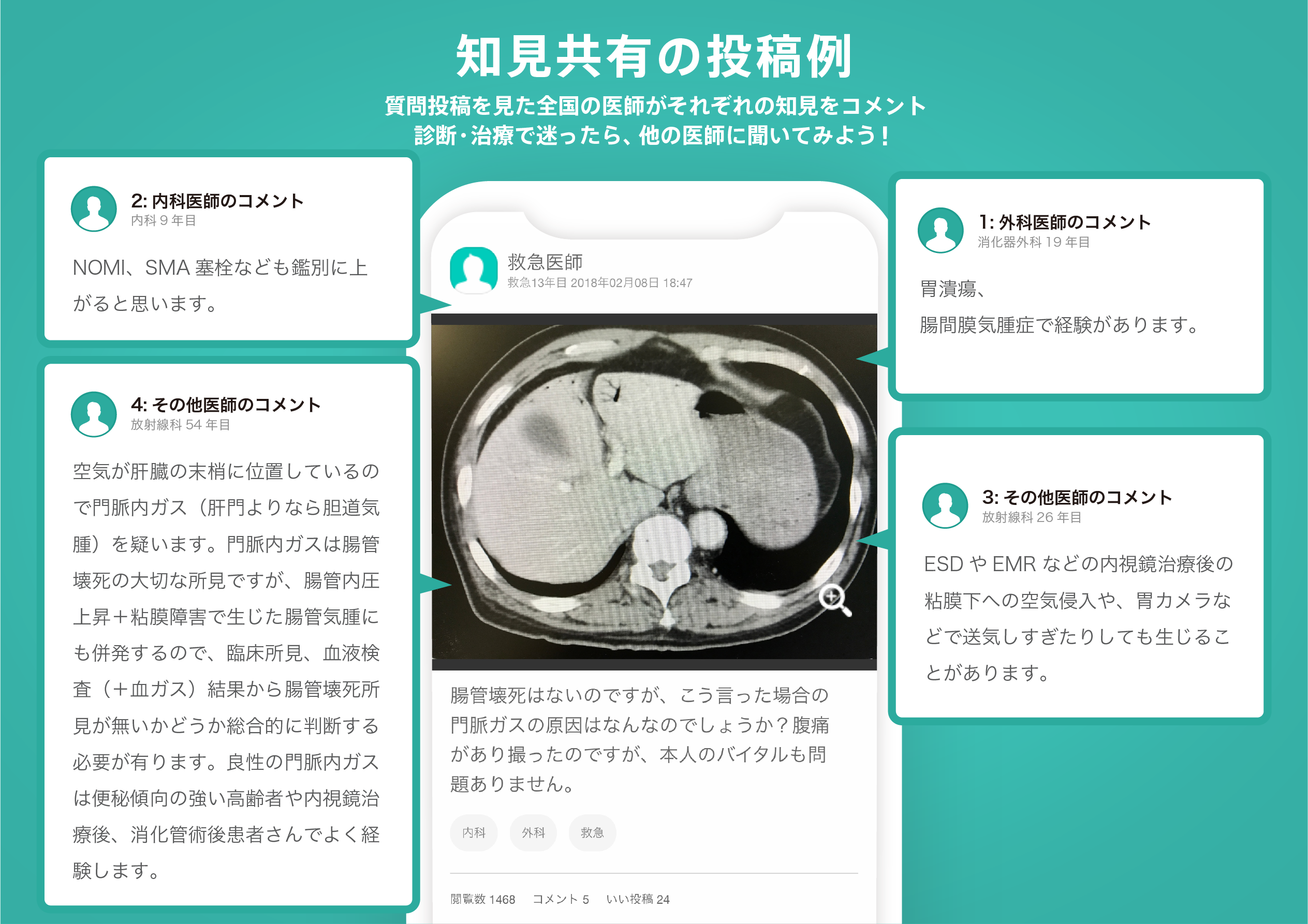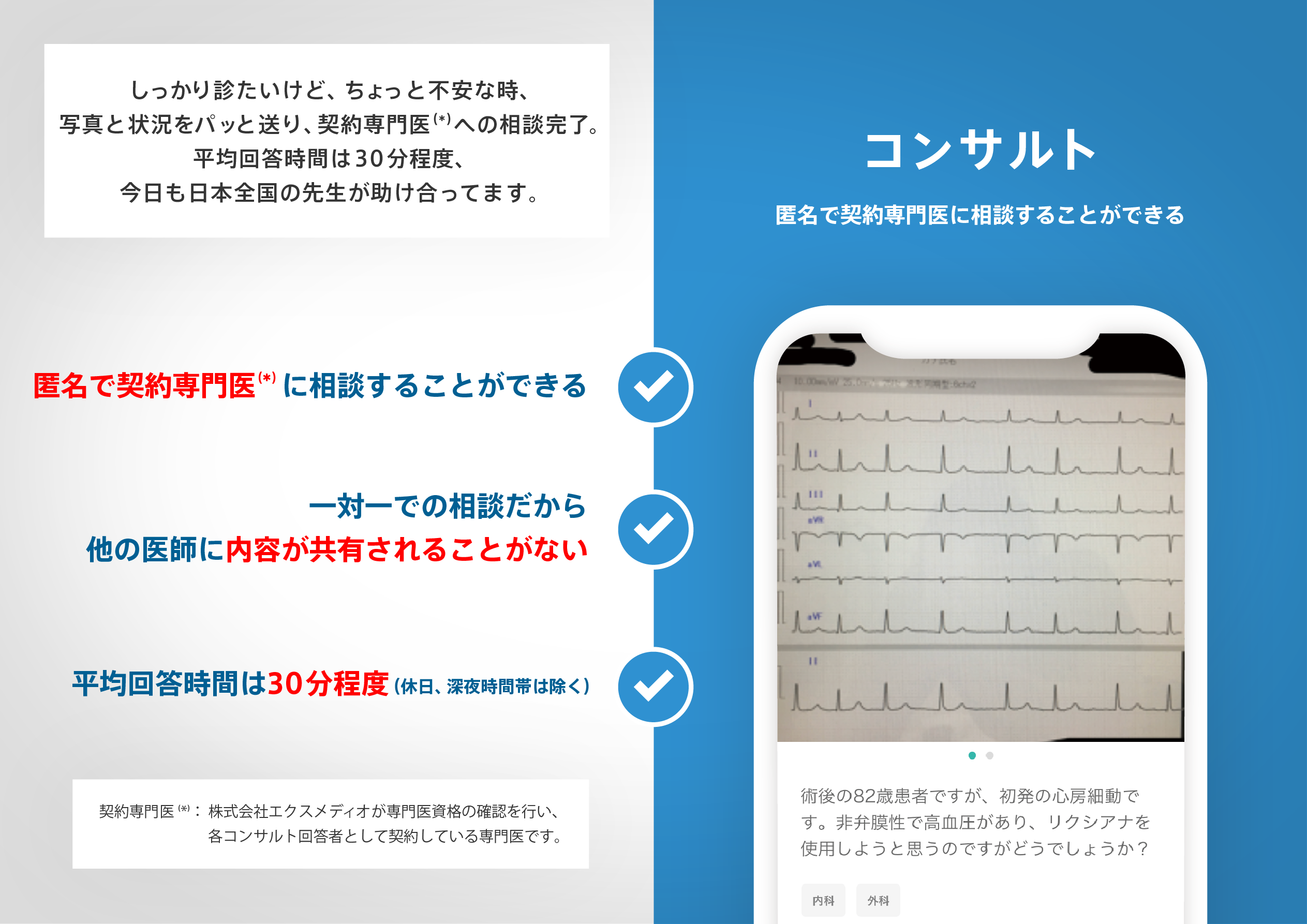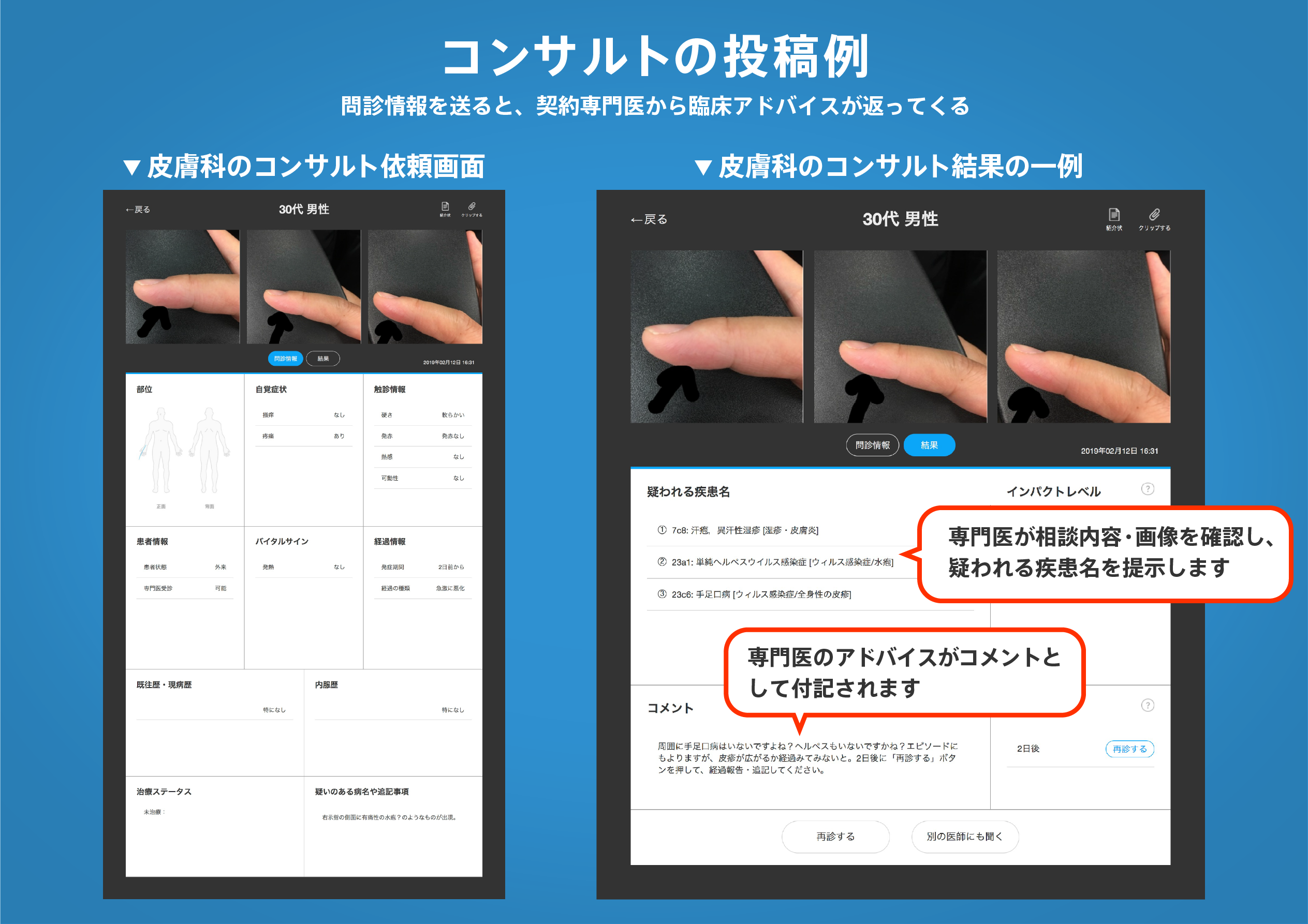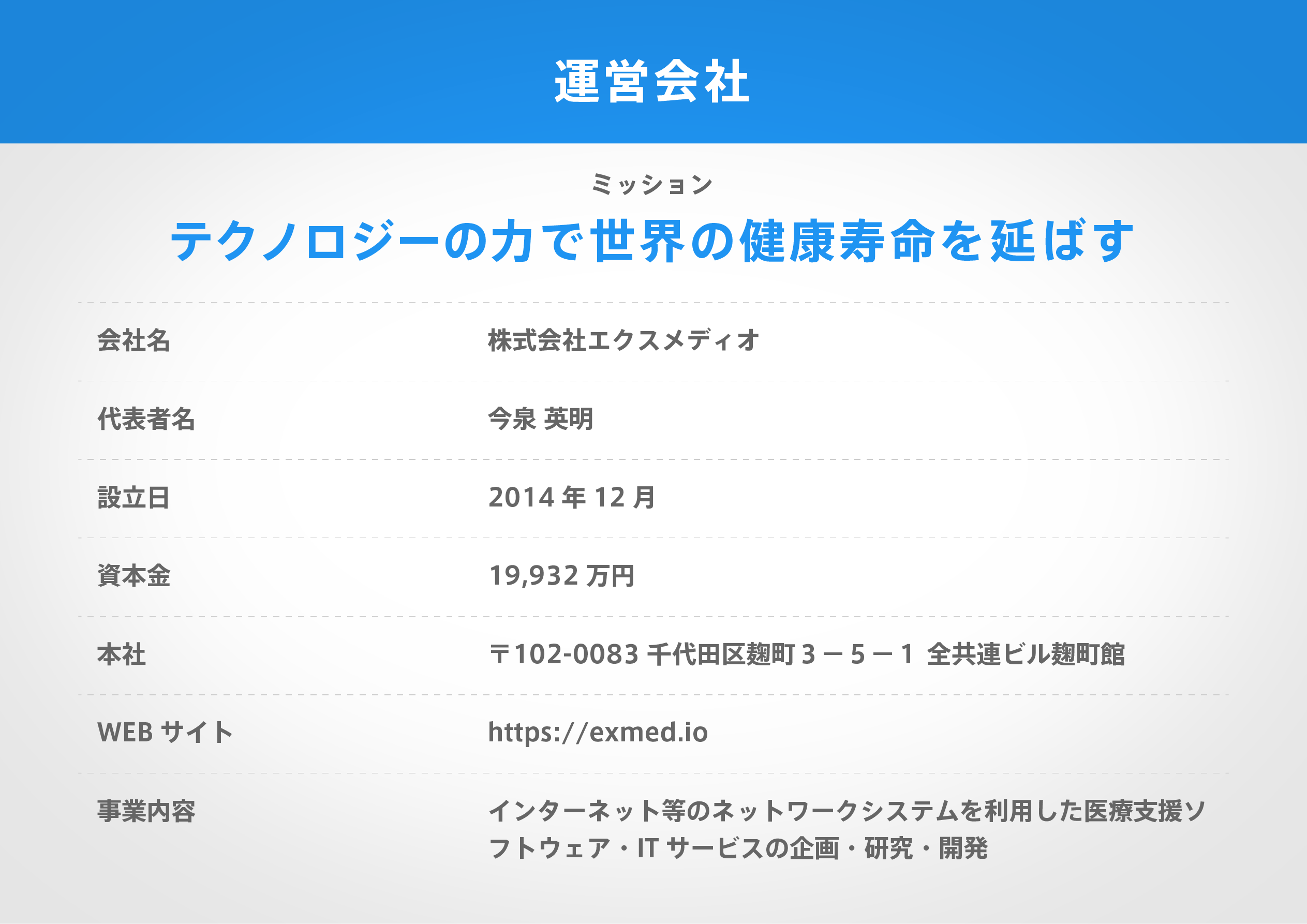著名医師による解説が無料で読めます
すると翻訳の精度が向上します
カロテノイドは抗酸化物質であり、肥満の副作用の一部を緩和する可能性があります。これは、乳がん患者の転帰不良に関連する状態です。ベースラインの皮膚カロテノイドは、乳がん生存者の脂肪過多と反比例し、体重減少とともに増加すると仮定しました。皮膚カロテノイドスコア(SCS)は、6ヶ月のランダム化比較減量試験(n = 47)に登録された乳がん生存者(ボディマス指数≥25kg/m2)の共振ラマン分光法によって評価されました。測定には、デュアルエネルギーX線吸収測定、身長、体重、ウエストと股関節の周囲、食事摂取量、および血清バイオマーカーを使用した総体脂肪が含まれていました。SC、肥満測定、および血清バイオマーカー間の関連は、介入および通常のケアグループにおけるベースラインから6ヶ月までのSCの変化と同様に、ベースラインで評価されました。ベースラインでは、SCSはすべての脂肪過多の測定値と逆相関していました(P≤.05)。多変量解析では、ベースラインパーセントの体脂肪はベースラインSCと最も強い関連性がありました(部分R2 = 0.20)。ベースラインSCSは、対数C反応性タンパク質レベル(回帰係数β±SE:-0.051±0.019; P = .011)および対数レプチン(β±SE:-0.019±0.009; P = .046)と有意に反比例していましたが、脂肪症の調整後、関連性はもはや重要ではありませんでした。6か月の研究で、介入グループは、通常のケアグループの1.5%の減少と比較して、SCSが17.6%増加しました(p = .28)。過体重および肥満の乳がん生存者の研究では、デュアルエネルギーX線吸収測定測定体脂肪は、ベースラインでの皮膚カロテノイドの変動の大部分を説明し、以前は研究で見られた研究よりも強い関連性を示唆しています。肥満。
カロテノイドは抗酸化物質であり、肥満の副作用の一部を緩和する可能性があります。これは、乳がん患者の転帰不良に関連する状態です。ベースラインの皮膚カロテノイドは、乳がん生存者の脂肪過多と反比例し、体重減少とともに増加すると仮定しました。皮膚カロテノイドスコア(SCS)は、6ヶ月のランダム化比較減量試験(n = 47)に登録された乳がん生存者(ボディマス指数≥25kg/m2)の共振ラマン分光法によって評価されました。測定には、デュアルエネルギーX線吸収測定、身長、体重、ウエストと股関節の周囲、食事摂取量、および血清バイオマーカーを使用した総体脂肪が含まれていました。SC、肥満測定、および血清バイオマーカー間の関連は、介入および通常のケアグループにおけるベースラインから6ヶ月までのSCの変化と同様に、ベースラインで評価されました。ベースラインでは、SCSはすべての脂肪過多の測定値と逆相関していました(P≤.05)。多変量解析では、ベースラインパーセントの体脂肪はベースラインSCと最も強い関連性がありました(部分R2 = 0.20)。ベースラインSCSは、対数C反応性タンパク質レベル(回帰係数β±SE:-0.051±0.019; P = .011)および対数レプチン(β±SE:-0.019±0.009; P = .046)と有意に反比例していましたが、脂肪症の調整後、関連性はもはや重要ではありませんでした。6か月の研究で、介入グループは、通常のケアグループの1.5%の減少と比較して、SCSが17.6%増加しました(p = .28)。過体重および肥満の乳がん生存者の研究では、デュアルエネルギーX線吸収測定測定体脂肪は、ベースラインでの皮膚カロテノイドの変動の大部分を説明し、以前は研究で見られた研究よりも強い関連性を示唆しています。肥満。
Carotenoids are antioxidants which may mitigate some of the adverse effects of obesity, a condition associated with poor outcomes in breast cancer patients. We hypothesized that baseline skin carotenoids would be inversely associated with adiposity in breast cancer survivors and would increase with weight loss. Skin carotenoid score (SCS) was assessed by resonance Raman spectroscopy in breast cancer survivors (body mass index ≥25 kg/m2) enrolled in a 6-month randomized controlled weight loss trial (n = 47). Measurements included total body fat using dual-energy X-ray absorptiometry, height, weight, waist and hip circumference, dietary intake, and serum biomarkers. Associations between SCS, adiposity measures, and serum biomarkers were assessed at baseline, as was the change in SCS from baseline to 6 months, in the intervention and usual care groups. At baseline, SCS was inversely correlated with all adiposity measures (P ≤ .05). In multivariate analyses, baseline percent body fat had the strongest association with baseline SCS (partial R2= 0.20). Baseline SCS was significantly inversely associated with log C-reactive protein levels (regression coefficient β ± SE: -0.051± 0.019; P = .011) and log leptin (β ± SE: -0.019± 0.009; P = .046), but the associations were no longer significant after adjustment for adiposity. Over the 6-month study, the intervention group had a 17.6% increase in SCS compared to a 1.5% decrease in the usual care group (P = .28). In our study of overweight and obese breast cancer survivors, dual-energy X-ray absorptiometry-measured body fat explained a large portion of the variation in skin carotenoids at baseline, suggesting a stronger association than that previously seen in studies using less accurate measures of adiposity.
医師のための臨床サポートサービス
ヒポクラ x マイナビのご紹介
無料会員登録していただくと、さらに便利で効率的な検索が可能になります。

